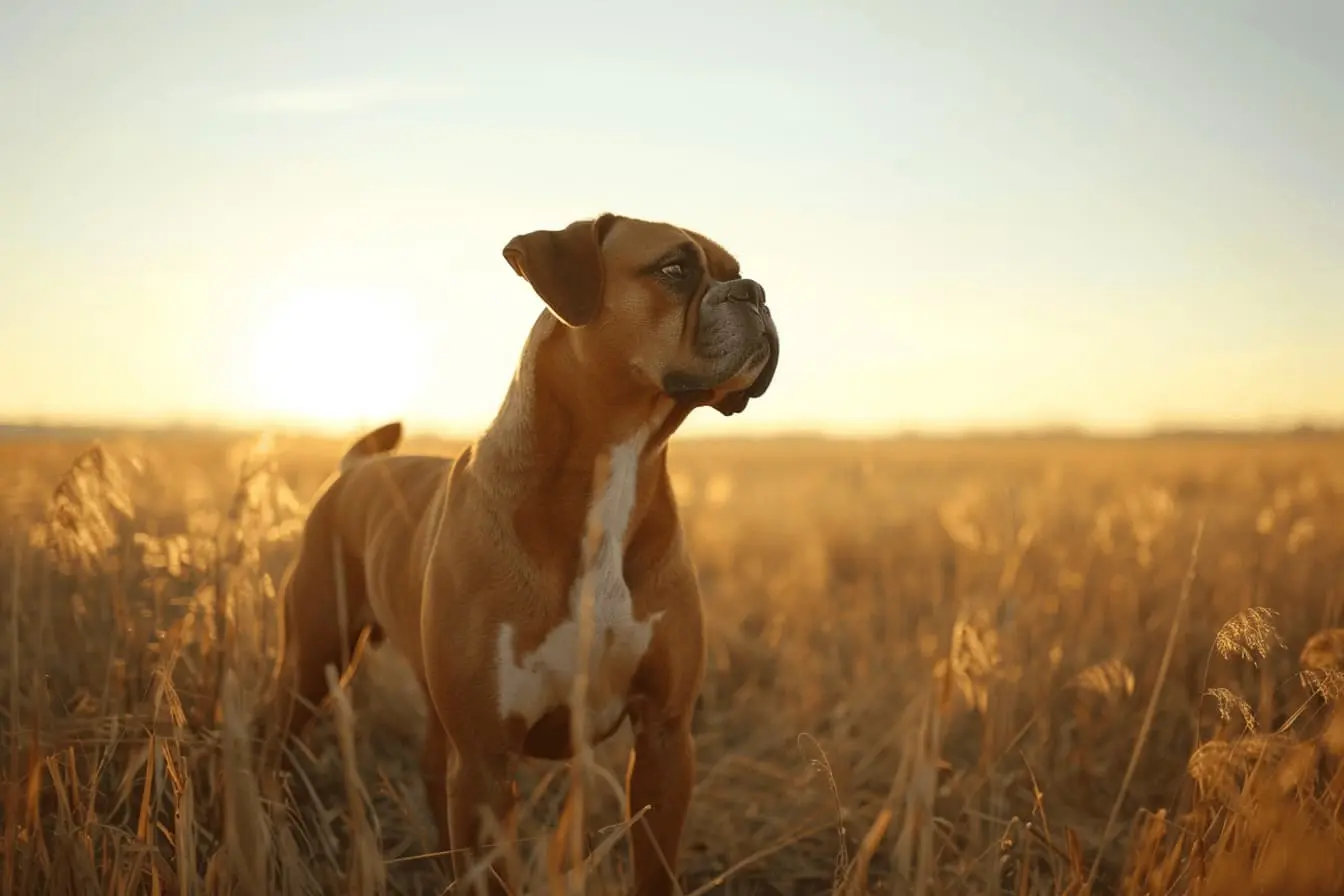
Safe Paws, Peaceful Home: The Ultimate Guide to Dog-Proofing for New Pet Owners
Dog-proofing your home is an essential step to ensure both the safety of your new furry friend and the preservation of your belongings. As new dog owners, it's crucial to understand that dogs, especially puppies, are naturally curious and love to explore their environment with their mouths. This behaviour can lead to the destruction of your valuables and, more importantly, endanger your pet. Here's a comprehensive guide to dog-proofing your home:
Secure Hazardous Items
- Chemicals and Medicines: Store all chemicals, including cleaning supplies, and medicines out of reach. Dogs can chew through bottles, leading to poisoning.
- Small Objects: Keep small objects like coins, jewellery, and children's toys away. These can be choking hazards.
- Bins: Use secure lids on household bins to prevent your dog from rummaging through rubbish and ingesting something harmful.
Protect Your Belongings
- Furniture and Carpets: Consider using protective covers to prevent chewing and scratching. Bitter apple spray can deter some dogs from chewing.
- Electrical Cords: Conceal or cover electrical cords to prevent chewing, which can lead to electric shock.
- Personal Items: Store shoes, clothing, and other personal items in cupboards or drawers to keep them away from your curious pet.
Create a Safe Space
- Crates and Beds: Provide a comfortable crate or bed for your dog. This can be a safe haven for them and help with training. Check out our crate training guide here.
- Gates: Use baby gates to restrict access to certain areas of your home. This is especially useful in kitchens and on the stairs.
Ensure Outdoor Safety
- Fences: Check your garden for gaps in the fence where your dog could escape. Consider a fence extension to increase height if your dog is a jumper.
- Harmful Plants: Remove or fence off plants that are toxic to dogs. Common toxic plants include lilies, azaleas, and sago palms.
- Pools: If you have a pool, ensure your dog knows how to get out safely or restrict access to the pool area.
Regular Maintenance
- Check for Hazards: Regularly inspect your home for potential hazards. This includes looking for loose wires, sharp objects, and anything else your dog might chew on or swallow.
- Training: Teach your dog what is off-limits. Consistent training can help prevent destructive behaviours and keep your pet safe.
Emergency Preparedness
- Emergency Contacts: Keep a list of emergency contact numbers, including your vets and the nearest animal hospital, in an easily accessible location.
- First Aid Kit: Have a pet-specific first aid kit on hand for any emergencies.
Conclusion
Dog-proofing your home is an ongoing process that requires vigilance and adaptation as you learn more about your pet's behaviour and needs. By taking the steps outlined above, you can create a safe and welcoming environment for your new family member. Remember, the time and effort you put into dog-proofing your home will not only protect your dog from harm but also help you maintain a peaceful and orderly living space.
Vets near you
Speciality vets
- Aquatics vet specialists
- Birds vet specialists
- Camelids vet specialists
- Cats vet specialists
- Cattle vet specialists
- Deer vet specialists
- Dogs vet specialists
- Equines vet specialists
- Exotic vet specialists
- Goats vet specialists
- Pigs vet specialists
- Poultry vet specialists
- Sheep vet specialists
- Small Mammals vet specialists
- Wild vet specialists



